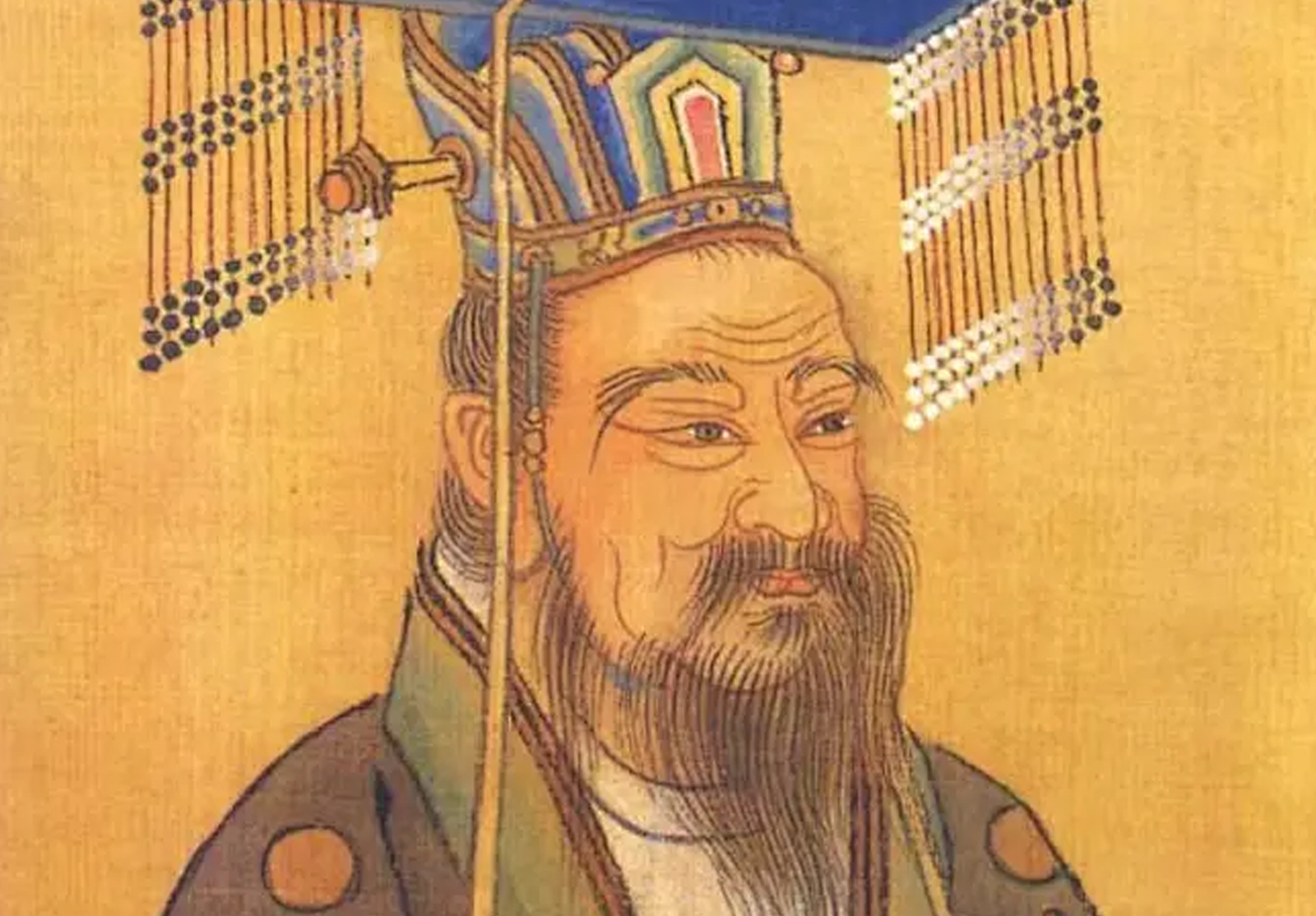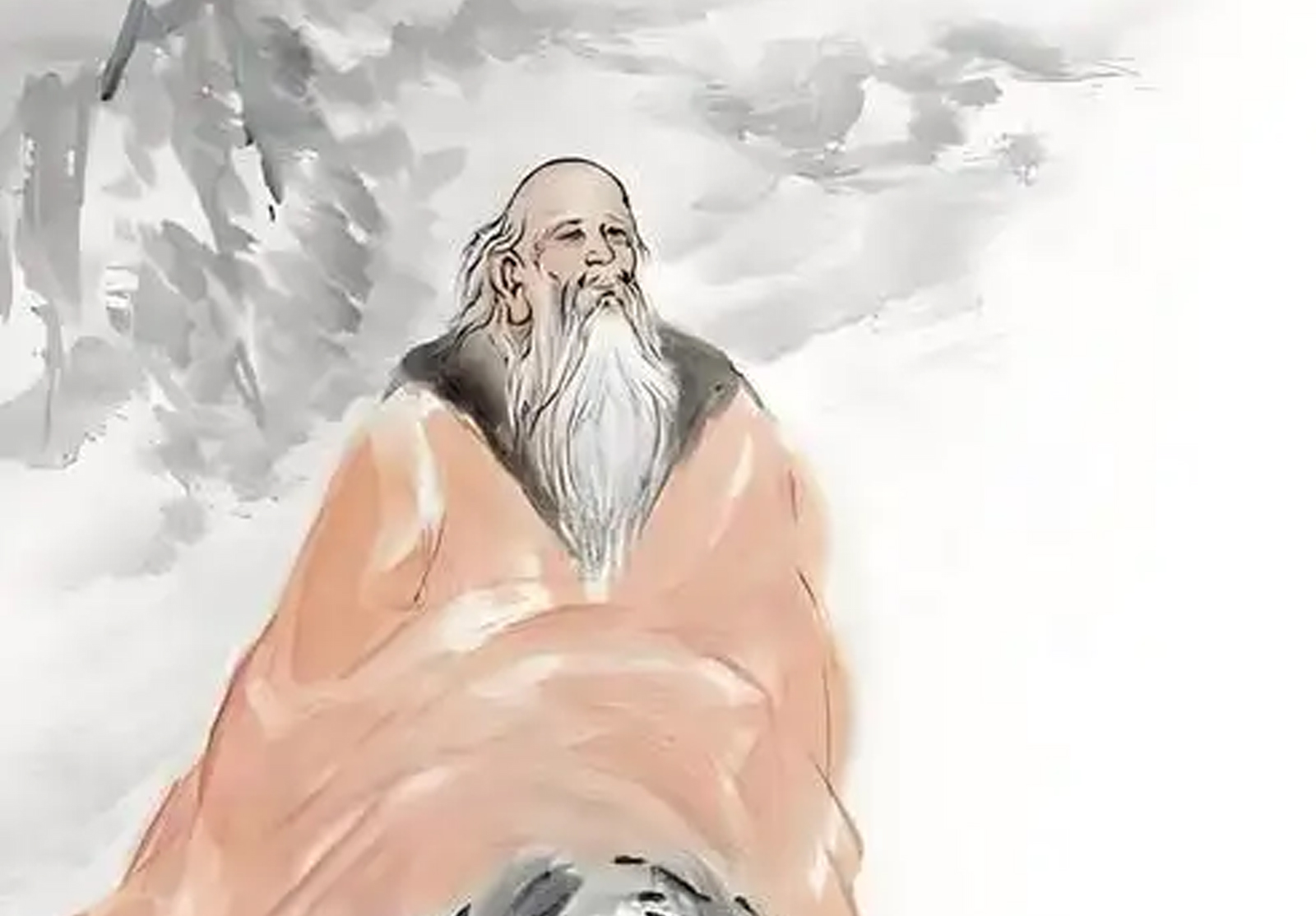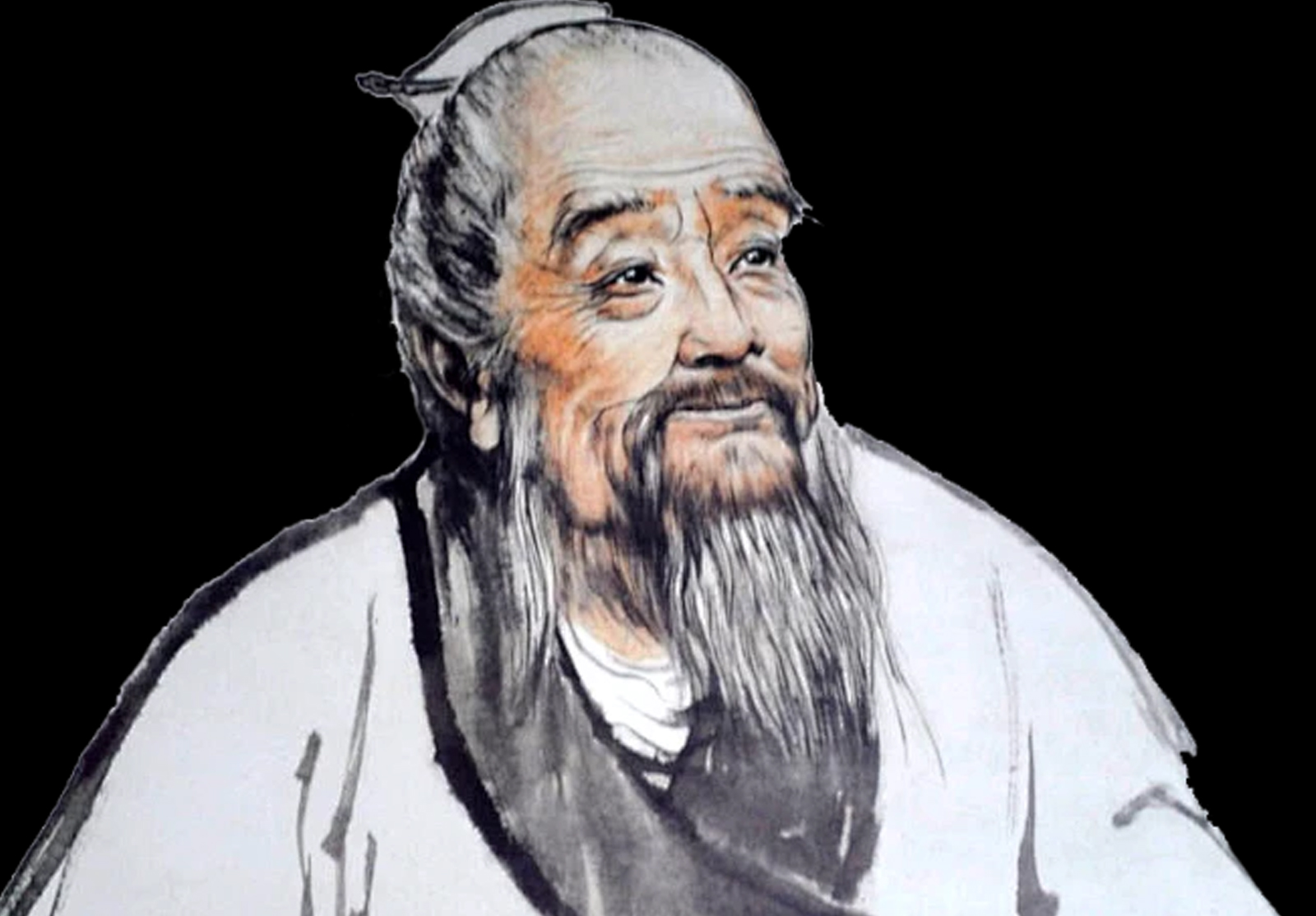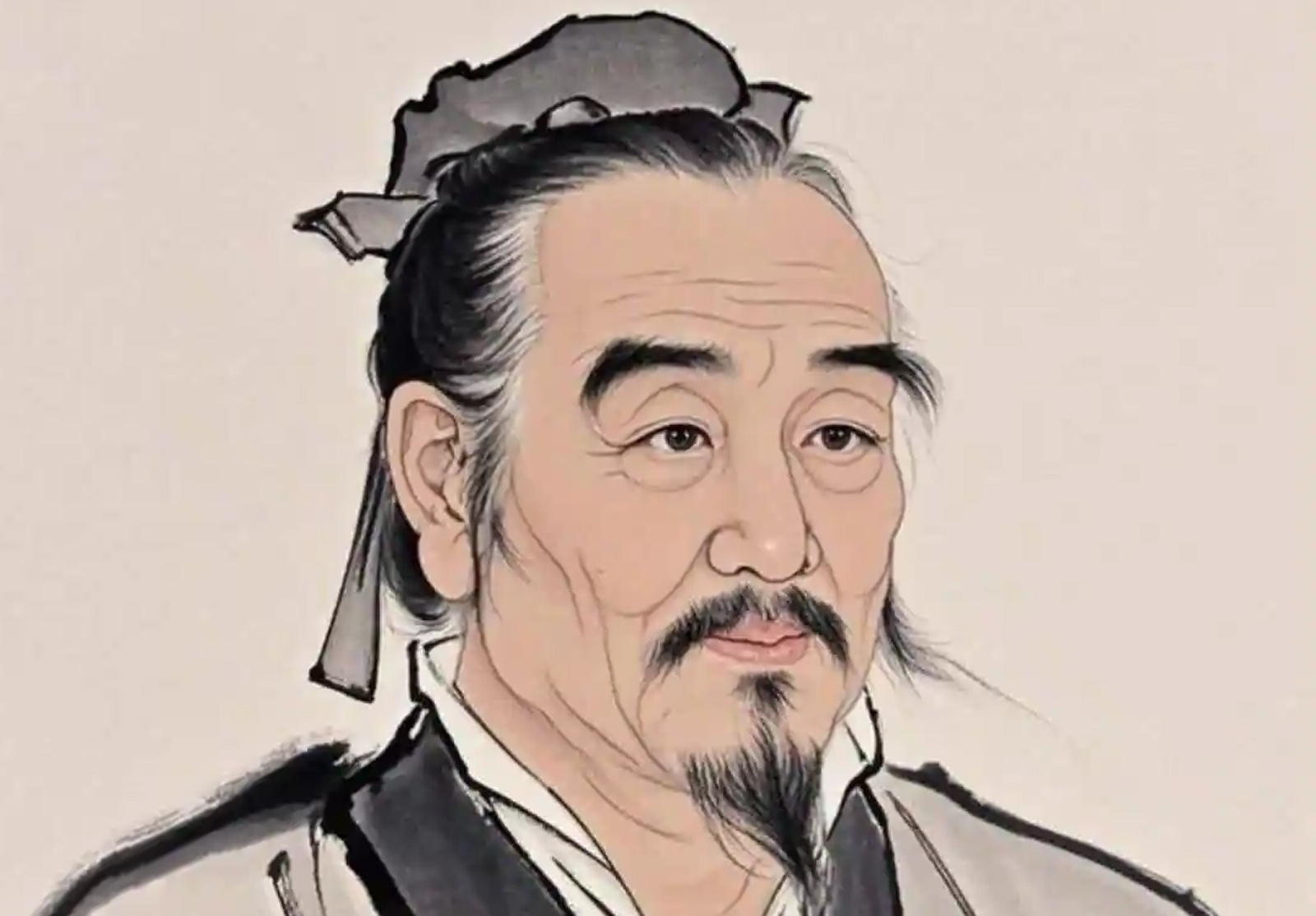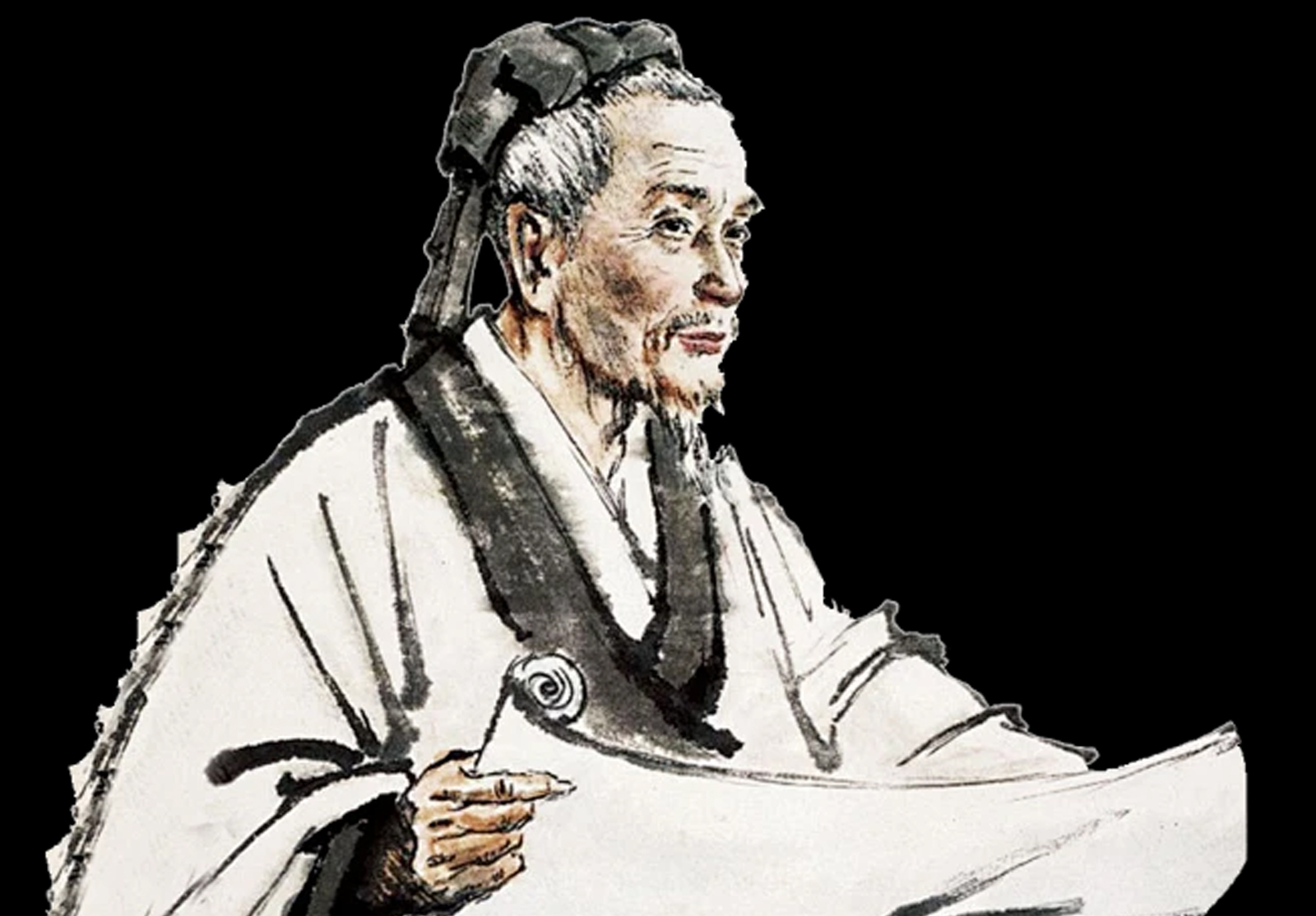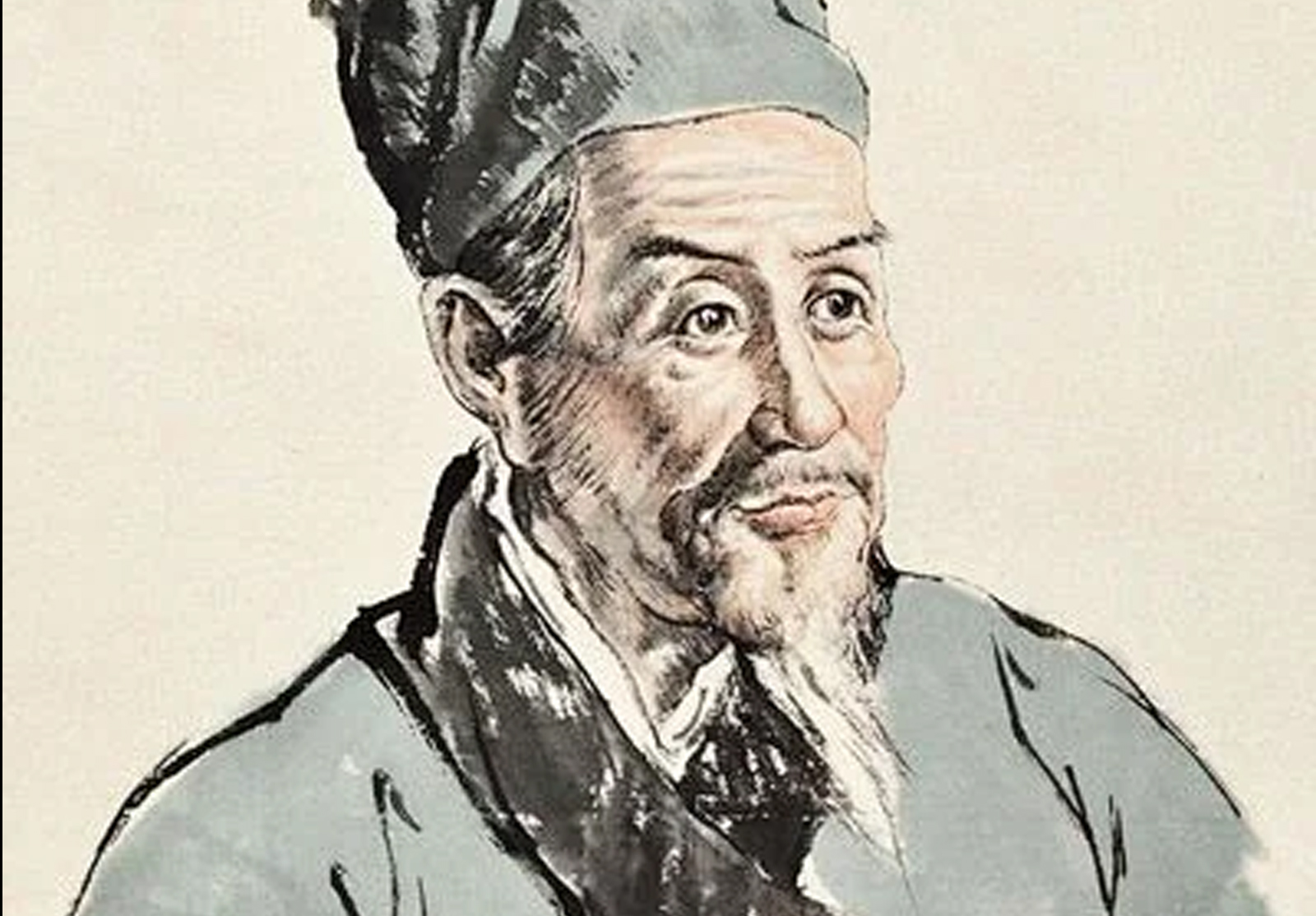Contact Information

Those who are well-nourished and practice medicine together will live longer
——The cultural origin of Dao Yangchun Longevity Wine
Chinese Taoist culture and Taoist medical health preservation techniques have merged like a river, forming a unique life science system throughout the long history of Chinese civilization. This connection is not merely a simple accumulation of techniques, but rather, based on a profound understanding of the laws of human life, a unique wisdom of health preservation in the East is jointly constructed through different dimensions. The baiting technique of Chinese Taoism is the fundamental way of Taoist health preservation. Taoism cultivates and maintains health through various means such as breathing, inhaling breath, taking food, and fasting. It is a brilliant pearl of Chinese civilization. Since ancient times, Daoist medicine has had the traditional method of blending various Chinese herbal medicines in accordance with traditional methods and processing them with white spirit for health preservation.
From the "Huangdi Neijing" to the "Zhouyi Cantongqi", the consensus of "essence, qi and spirit" has persisted for thousands of years. Contemporary science has verified that the herbal health preservation of Taoist medicine and the Taoist ritual of taking bait are integrated in terms of origin and development. This wisdom of integrating medicine and morality provides an excellent health preservation plan for modern sub-healthy people and those who seek treatment before illness occurs. The theory of "circulation of qi and blood" in Taoist medicine holds that the repetitive circulation of life energy is the foundation of health.
Daoist medicine holds that by using regulatory means to complement each other, it requires dietary restraint and emotional regulation, and advocates "preventing diseases before they occur" to achieve a natural harmony with the vitality of heaven and earth. The theories of "the sea of Yin meridians" and "the sea of Yang meridians" in Taoist medicine's meridian theory correspond completely to the Ren and Du meridians in Taoist health preservation. The physiological balance of "water and fire in harmony" in Taoist medicine and the theory of "nourishing Yin and tonifying Yang" in Taoist medicine both originate from the key points of cultivation in Chinese Taoism.
From the perspective of cultural inheritance, the health preservation principle of "following the principles of Yin and Yang" in Taoist medicine has established a life view of "conforming to nature". This thinking mode is different from the adversarial treatment concept in the West and provides an important reference for modern health management. This thousand-year-old wisdom of health preservation demonstrates special value in responding to modern health crises. For the "upper excess and lower deficiency" constitution caused by modern sub-healthy people's excessive reliance on electronic devices, the health care plan of Daoyi's guiding and feeding techniques has achieved remarkable results. In terms of dealing with chronic fatigue, the premature aging phenomena of modern humans, such as premature graying of hair and baldness, as well as the scientific verification of Taoist medicine and herbal wine in health preservation practices, are increasingly being carried out by more young and middle-aged people.
From the perspective of mutual learning among civilizations, the Daoist medical baiting health preservation technique offers an Eastern solution for the health of all mankind. The "physiological-psycho-society" medical model advocated by the World Health Organization forms a complete cognitive loop with the holistic view of "harmony between man and nature" in Daoist medicine. This wisdom resonance that transcends time and space is precisely the unique contribution of Chinese civilization to all mankind.
Master Yin Sanjiang, a renowned Taoist doctor, was a disciple of the Han Heavenly Master's Mansion of Longhu Mountain in Zhengyi. His martial arts were passed down from the Shangqing School of Maoshan. He received the true teachings of his master and traveled to study and visit the eminent Taoist cultivator in the deep mountains, leaving his footprints all over the famous mountains and rivers. Based on the prescriptions inherited from his master and through joint research and study with enlightened masters, the Taoist priest has launched the brilliant pearl "Dao Yangchun Longevity Wine".
The prescription for Dao Yangchun Longevity Wine originated in the ancient times of Qi Bo and Huang Di, and has been continuously refined by successive generations of Taoist priests. According to the lineage of his master, Sun Simiao, a Taoist priest of the Tang Dynasty, secluded himself in the Zhongnan Mountains, observing the growth and withering of plants and trees, and thus realized the profound principle of "preserving health in the four seasons". He took the sprin-grown polygonatum odoratum and Rehmannia glutinosa, the summer-grown Salvia miltiorrhiza and Ganoderma lucidum, the autumnal harvested jujubes and wolfberries, and the wish-stored deer antler and Ophiopogon japonicus, and combined them with the sweet dew from the Zhongnan Mountains and five grains to brew the "Four-Season Health-Preserving Wine". This pot of wine was not only presented to Emperor Xuanzong of Tang, but also became famous in Chang 'an for a time, becoming a sought-after health tonic for the royal family and the nobility.
During the Song and Yuan Dynasties, Wang Chongyang, the founding master of the Quanzhen School, established the Quanzhen School on Mount Zhongnan, advocating the cultivation of internal alchemy and the dual cultivation of life and nature. After being improved by the Danding School of Taoism during the Song and Yuan Dynasties, "Four Seasons Health-Preserving Wine" gradually evolved into the prototype of "Spring Longevity Wine". This secret recipe is kept in the alchemy room of a Taoist temple and is only for those who practice Taoism to take. It is called "the nectar of Immortals". Chunshou Wine is not only an auxiliary item for the daily practice of Taoist cultivation, but also an important medicinal herb in the process of Taoist self-cultivation to build a foundation, refining essence to transform qi, refining qi to transform spirit, refining spirit to return to emptiness, and refining emptiness to integrate with the Dao.
During the Jiajing period of the Ming Dynasty, Zhang Sanfeng, a high-ranking Taoist priest from Wudang, once again pursued the ultimate skill of Taoist medicine and meticulously studied wine prescriptions with the "Seven Returns and Nine Transformations Elixirs Method". He followed the natural cycle of gathering herbs on the Spring Equinox, exposing them to sunlight on the summer solstice, brewing them together on the Autumn Equinox, and sealing the jars on the Winter Solstice. He created the technique of alternating boiling of "wen, wu and fire", making the medicinal properties as harmonious as the Yin and Yang in Tai Chi. This martial art is included in the "Chinese Taoist Canon" and has been secretly enjoyed only among Taoist sects and the royal family for six hundred years.
Renhuai City Daoyi Chunshou Wine Industry Co., Ltd. in Guizhou Province has appointed Daoist Master Yin Sanjiang as the chief technical advisor for Daoyi Medicine of Daoyi Chunshou Wine Industry Company. Relying on traditional Taoist feeding techniques and integrating Taoist health preservation culture, it uses Taoist secret recipes and is combined with 53-degree sauce-flavored Baijiu, ginseng, Dendrobium officinale, Cistanche (desert), polygonatum odoratum, poria cocos, wolfberry, Ophiopogon japonicus root, yam, lotus seed flesh, red dates, longan flesh, Cordyceps militaris, angelica sinensis, old ginger, licorice, corn silk, red yeast rice, rock sugar, honey and other precious Chinese herbal medicines. Based on the principle of food and medicine sharing the same origin, it is processed by ancient methods and can nourish Yin, tonify Yang, boost qi, promote blood circulation, strengthen the spleen, calm the mind, aid sleep, blacken hair, beautify the complexion and delay aging. The gourd bottle is inspired by the ancient town of 垕. The five colors of green, red, yellow, white and blue correspond to the five elements of wood, fire, earth, metal and water, and the gourd represents happiness and honor. It symbolizes the five blessings coming to the door. It can be seen that all those who drink it are protected by the five elements, enjoying good fortune, prosperity and health!
As early as 2009 AD, Master Yin Sanjiang received a secret recipe from his master and began to use the secret recipe of Chunshou Wine for his fellow practitioners and his own cultivation verification. After years of dedicated research, he, in collaboration with modern pharmacologists, deciphered the mystery of Chunshou wine. Scientific verification shows that Chunshou wine contains active ingredients such as ginsenosides, flavonoids and polysaccharides, which can activate the body's self-healing ability and are in line with the Taoist concept of "governing by non-action" in health preservation.
Dao Yang Chun Shou Liquor is made from 53-degree Moutai sauce-flavored liquor from Guizhou Province as its base liquor. It is produced through over 30 procedures and 165 technological steps, including "ancient nine-steaming method, intelligent temperature control, and seasonal cellar storage", through solid-state high-temperature fermentation. All the medicinal materials are strictly selected to ensure genuine quality. At noon, the Taoist priest personally held the ceremony of adding medicinal herbs to the wine, inscribing the "Medicine King Formula" and reciting the "Medicine King Mantra". The third quarter of noon, the hour of extreme Yang, THE hour of Extreme Yang, take the Way of heaven and earth 炁 into wine, in coordination with the light of the five elements of heaven and earth, introduce into wine body. Nine times steaming and nine times sun-drying, simmering over low heat and steaming over high heat, the control of heat is like the balance of Yin and Yang in Tai Chi. The Taoist priest carefully prepared the medicinal materials using the ancient Taoist method that has lasted for a thousand years. Since ancient times, Taoists have passed on medicine but not fire, and fire but not weather conditions. The timing of fire and weather is just a matter of a single thought. If it is not passed down orally and in the heart, it is of no use to obtain it. The Taoist priest uses the secret Taoist techniques passed down for a thousand years, concocting them with ancient methods and integrating the key points of alchemy cultivation. The spring Longevity wine body is refined day and night. In the process of life, life and transformation, every drop contains the essence of 365 days of the sun and moon. Rejuvenate ancient prescriptions and bestow blessings upon the world.
From the "Huangdi Neijing" to the "Zhouyi Cantongqi", the consensus of "essence, qi and spirit" has persisted for thousands of years. Contemporary science has verified that the herbal health preservation of Taoist medicine and the Taoist ritual of taking bait are integrated in terms of origin and development. This wisdom of integrating medicine and morality provides an excellent health preservation plan for modern sub-healthy people and those who seek treatment before illness occurs. The theory of "circulation of qi and blood" in Taoist medicine holds that the repetitive circulation of life energy is the foundation of health.
Daoist medicine holds that by using regulatory means to complement each other, it requires dietary restraint and emotional regulation, and advocates "preventing diseases before they occur" to achieve a natural harmony with the vitality of heaven and earth. The theories of "the sea of Yin meridians" and "the sea of Yang meridians" in Taoist medicine's meridian theory correspond completely to the Ren and Du meridians in Taoist health preservation. The physiological balance of "water and fire in harmony" in Taoist medicine and the theory of "nourishing Yin and tonifying Yang" in Taoist medicine both originate from the key points of cultivation in Chinese Taoism.
From the perspective of cultural inheritance, the health preservation principle of "following the principles of Yin and Yang" in Taoist medicine has established a life view of "conforming to nature". This thinking mode is different from the adversarial treatment concept in the West and provides an important reference for modern health management. This thousand-year-old wisdom of health preservation demonstrates special value in responding to modern health crises. For the "upper excess and lower deficiency" constitution caused by modern sub-healthy people's excessive reliance on electronic devices, the health care plan of Daoyi's guiding and feeding techniques has achieved remarkable results. In terms of dealing with chronic fatigue, the premature aging phenomena of modern humans, such as premature graying of hair and baldness, as well as the scientific verification of Taoist medicine and herbal wine in health preservation practices, are increasingly being carried out by more young and middle-aged people.
From the perspective of mutual learning among civilizations, the Daoist medical baiting health preservation technique offers an Eastern solution for the health of all mankind. The "physiological-psycho-society" medical model advocated by the World Health Organization forms a complete cognitive loop with the holistic view of "harmony between man and nature" in Daoist medicine. This wisdom resonance that transcends time and space is precisely the unique contribution of Chinese civilization to all mankind.
Master Yin Sanjiang, a renowned Taoist doctor, was a disciple of the Han Heavenly Master's Mansion of Longhu Mountain in Zhengyi. His martial arts were passed down from the Shangqing School of Maoshan. He received the true teachings of his master and traveled to study and visit the eminent Taoist cultivator in the deep mountains, leaving his footprints all over the famous mountains and rivers. Based on the prescriptions inherited from his master and through joint research and study with enlightened masters, the Taoist priest has launched the brilliant pearl "Dao Yangchun Longevity Wine".
The prescription for Dao Yangchun Longevity Wine originated in the ancient times of Qi Bo and Huang Di, and has been continuously refined by successive generations of Taoist priests. According to the lineage of his master, Sun Simiao, a Taoist priest of the Tang Dynasty, secluded himself in the Zhongnan Mountains, observing the growth and withering of plants and trees, and thus realized the profound principle of "preserving health in the four seasons". He took the sprin-grown polygonatum odoratum and Rehmannia glutinosa, the summer-grown Salvia miltiorrhiza and Ganoderma lucidum, the autumnal harvested jujubes and wolfberries, and the wish-stored deer antler and Ophiopogon japonicus, and combined them with the sweet dew from the Zhongnan Mountains and five grains to brew the "Four-Season Health-Preserving Wine". This pot of wine was not only presented to Emperor Xuanzong of Tang, but also became famous in Chang 'an for a time, becoming a sought-after health tonic for the royal family and the nobility.
During the Song and Yuan Dynasties, Wang Chongyang, the founding master of the Quanzhen School, established the Quanzhen School on Mount Zhongnan, advocating the cultivation of internal alchemy and the dual cultivation of life and nature. After being improved by the Danding School of Taoism during the Song and Yuan Dynasties, "Four Seasons Health-Preserving Wine" gradually evolved into the prototype of "Spring Longevity Wine". This secret recipe is kept in the alchemy room of a Taoist temple and is only for those who practice Taoism to take. It is called "the nectar of Immortals". Chunshou Wine is not only an auxiliary item for the daily practice of Taoist cultivation, but also an important medicinal herb in the process of Taoist self-cultivation to build a foundation, refining essence to transform qi, refining qi to transform spirit, refining spirit to return to emptiness, and refining emptiness to integrate with the Dao.
During the Jiajing period of the Ming Dynasty, Zhang Sanfeng, a high-ranking Taoist priest from Wudang, once again pursued the ultimate skill of Taoist medicine and meticulously studied wine prescriptions with the "Seven Returns and Nine Transformations Elixirs Method". He followed the natural cycle of gathering herbs on the Spring Equinox, exposing them to sunlight on the summer solstice, brewing them together on the Autumn Equinox, and sealing the jars on the Winter Solstice. He created the technique of alternating boiling of "wen, wu and fire", making the medicinal properties as harmonious as the Yin and Yang in Tai Chi. This martial art is included in the "Chinese Taoist Canon" and has been secretly enjoyed only among Taoist sects and the royal family for six hundred years.
Renhuai City Daoyi Chunshou Wine Industry Co., Ltd. in Guizhou Province has appointed Daoist Master Yin Sanjiang as the chief technical advisor for Daoyi Medicine of Daoyi Chunshou Wine Industry Company. Relying on traditional Taoist feeding techniques and integrating Taoist health preservation culture, it uses Taoist secret recipes and is combined with 53-degree sauce-flavored Baijiu, ginseng, Dendrobium officinale, Cistanche (desert), polygonatum odoratum, poria cocos, wolfberry, Ophiopogon japonicus root, yam, lotus seed flesh, red dates, longan flesh, Cordyceps militaris, angelica sinensis, old ginger, licorice, corn silk, red yeast rice, rock sugar, honey and other precious Chinese herbal medicines. Based on the principle of food and medicine sharing the same origin, it is processed by ancient methods and can nourish Yin, tonify Yang, boost qi, promote blood circulation, strengthen the spleen, calm the mind, aid sleep, blacken hair, beautify the complexion and delay aging. The gourd bottle is inspired by the ancient town of 垕. The five colors of green, red, yellow, white and blue correspond to the five elements of wood, fire, earth, metal and water, and the gourd represents happiness and honor. It symbolizes the five blessings coming to the door. It can be seen that all those who drink it are protected by the five elements, enjoying good fortune, prosperity and health!
As early as 2009 AD, Master Yin Sanjiang received a secret recipe from his master and began to use the secret recipe of Chunshou Wine for his fellow practitioners and his own cultivation verification. After years of dedicated research, he, in collaboration with modern pharmacologists, deciphered the mystery of Chunshou wine. Scientific verification shows that Chunshou wine contains active ingredients such as ginsenosides, flavonoids and polysaccharides, which can activate the body's self-healing ability and are in line with the Taoist concept of "governing by non-action" in health preservation.
Dao Yang Chun Shou Liquor is made from 53-degree Moutai sauce-flavored liquor from Guizhou Province as its base liquor. It is produced through over 30 procedures and 165 technological steps, including "ancient nine-steaming method, intelligent temperature control, and seasonal cellar storage", through solid-state high-temperature fermentation. All the medicinal materials are strictly selected to ensure genuine quality. At noon, the Taoist priest personally held the ceremony of adding medicinal herbs to the wine, inscribing the "Medicine King Formula" and reciting the "Medicine King Mantra". The third quarter of noon, the hour of extreme Yang, THE hour of Extreme Yang, take the Way of heaven and earth 炁 into wine, in coordination with the light of the five elements of heaven and earth, introduce into wine body. Nine times steaming and nine times sun-drying, simmering over low heat and steaming over high heat, the control of heat is like the balance of Yin and Yang in Tai Chi. The Taoist priest carefully prepared the medicinal materials using the ancient Taoist method that has lasted for a thousand years. Since ancient times, Taoists have passed on medicine but not fire, and fire but not weather conditions. The timing of fire and weather is just a matter of a single thought. If it is not passed down orally and in the heart, it is of no use to obtain it. The Taoist priest uses the secret Taoist techniques passed down for a thousand years, concocting them with ancient methods and integrating the key points of alchemy cultivation. The spring Longevity wine body is refined day and night. In the process of life, life and transformation, every drop contains the essence of 365 days of the sun and moon. Rejuvenate ancient prescriptions and bestow blessings upon the world.
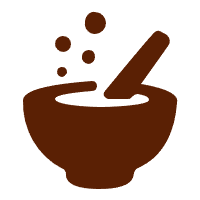
The concept of "food and medicine sharing the same origin"
The culture of traditional Chinese medicinal materials originated from the ancient Chinese idea of "the integration of medicine and food", emphasizing the adaptation to the four seasons and the harmonization of Yin and Yang. It uses medicinal materials to nourish the body's vital energy and serves as an important carrier for "preventing diseases before they occur" and "preventing the progression of diseases after they occur".
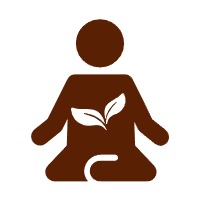
The alignment with the spirit of "Daoist medicine"
Daoist medicine emphasizes "the unity of heaven and man", while traditional Chinese medicine stresses "sovereign, minister, assistant and messenger". Both attach importance to overall regulation and individual differences. The use of medicinal materials pays attention to the balance of Yin and Yang, cold and heat, deficiency and excess, and the distinction of zang-fu organs and meridians.
Introduction to Classic Medicinal Materials Culture
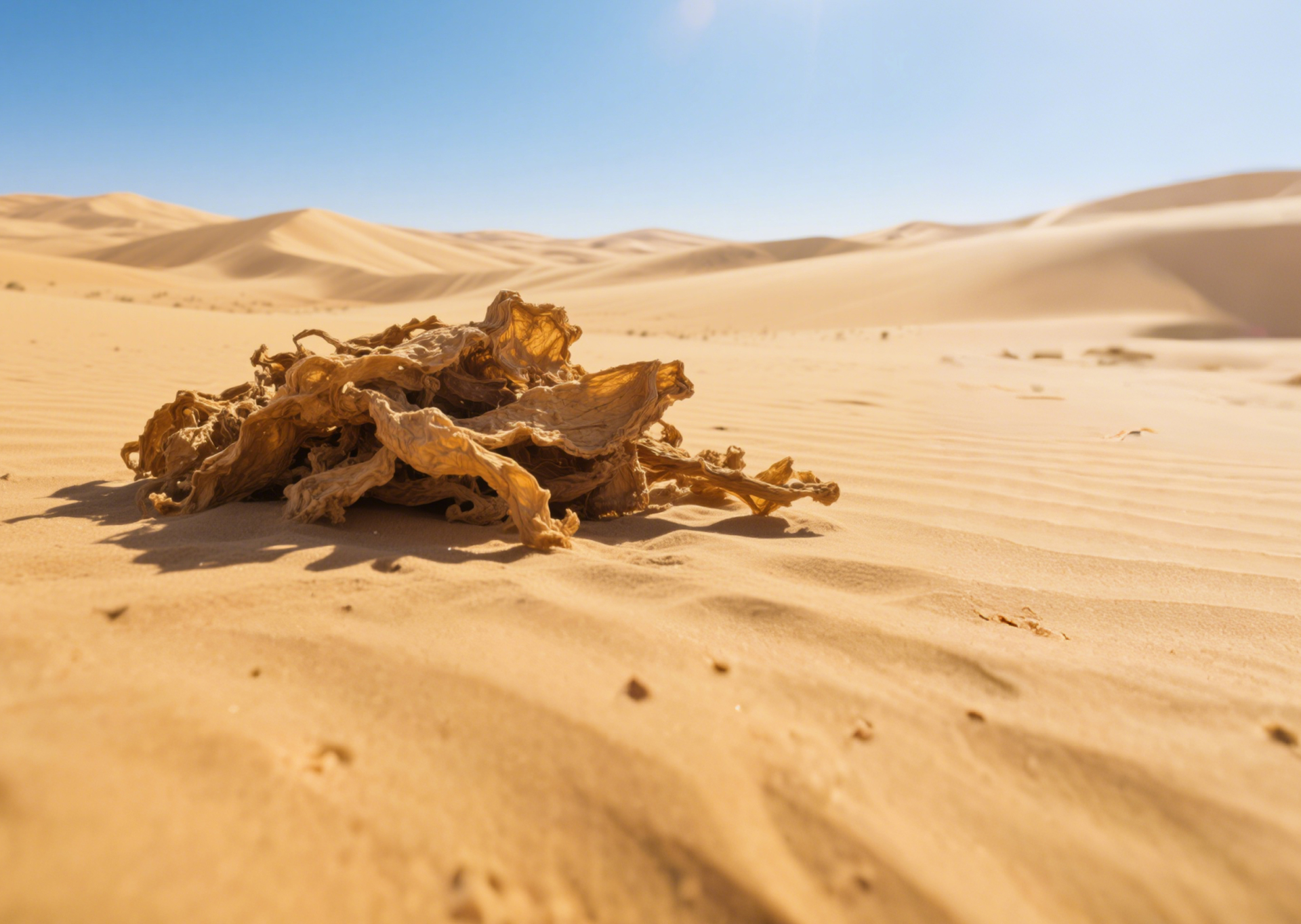
Cistanche
Brief description of functions: Tonifies kidney Yang, moistens the intestines and promotes defecation
Cultural connotation: A tribute to the Western Regions, praised as "Desert Ginseng" in Compendium of Materia Medica
Cultural connotation: A tribute to the Western Regions, praised as "Desert Ginseng" in Compendium of Materia Medica
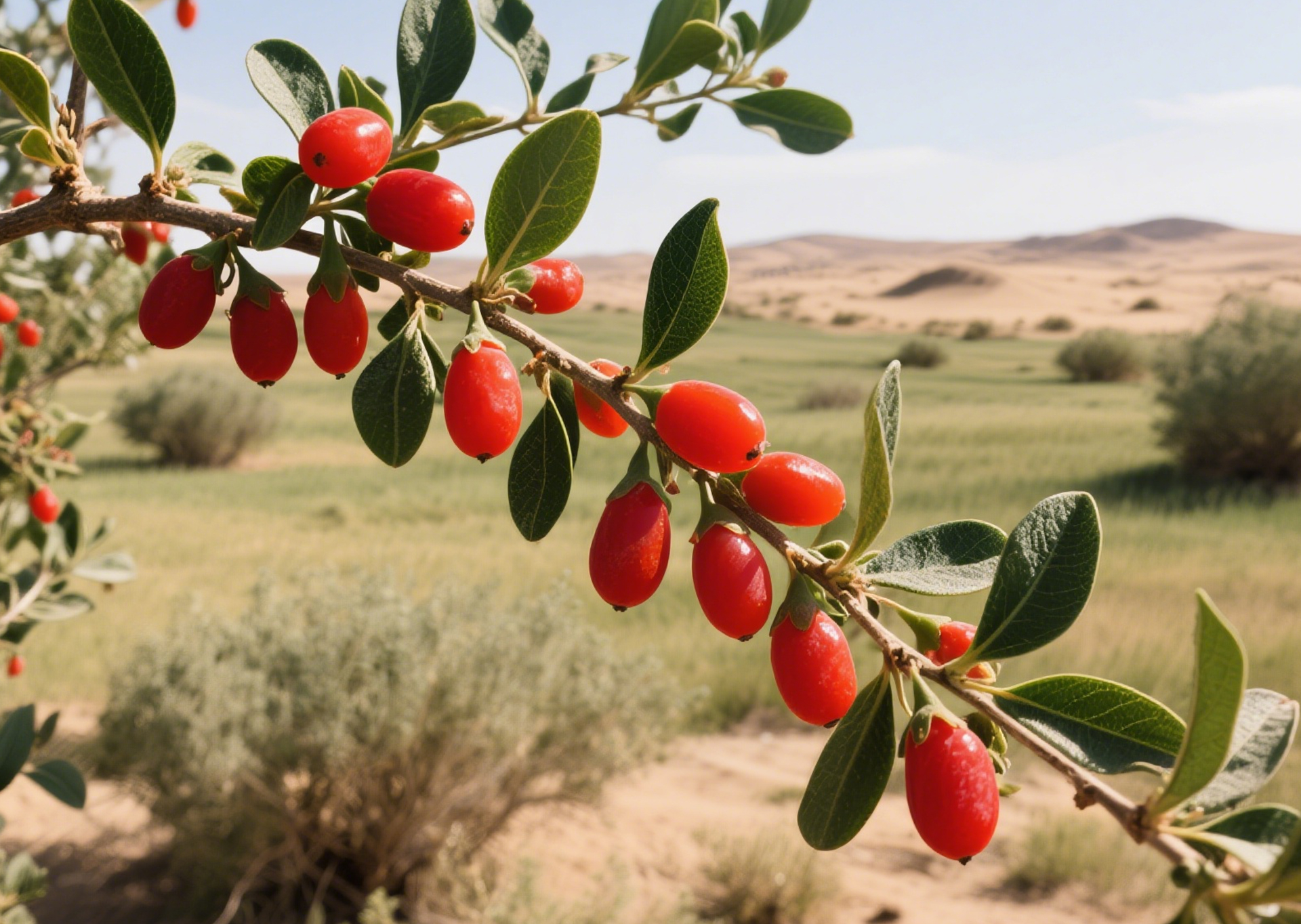
Wolfberry
Brief description of functions: Tonifies the liver and kidneys, improves eyesight and calms the mind
Cultural connotation: The "Huangdi Neijing" records its effect of "prolonging life"
Cultural connotation: The "Huangdi Neijing" records its effect of "prolonging life"
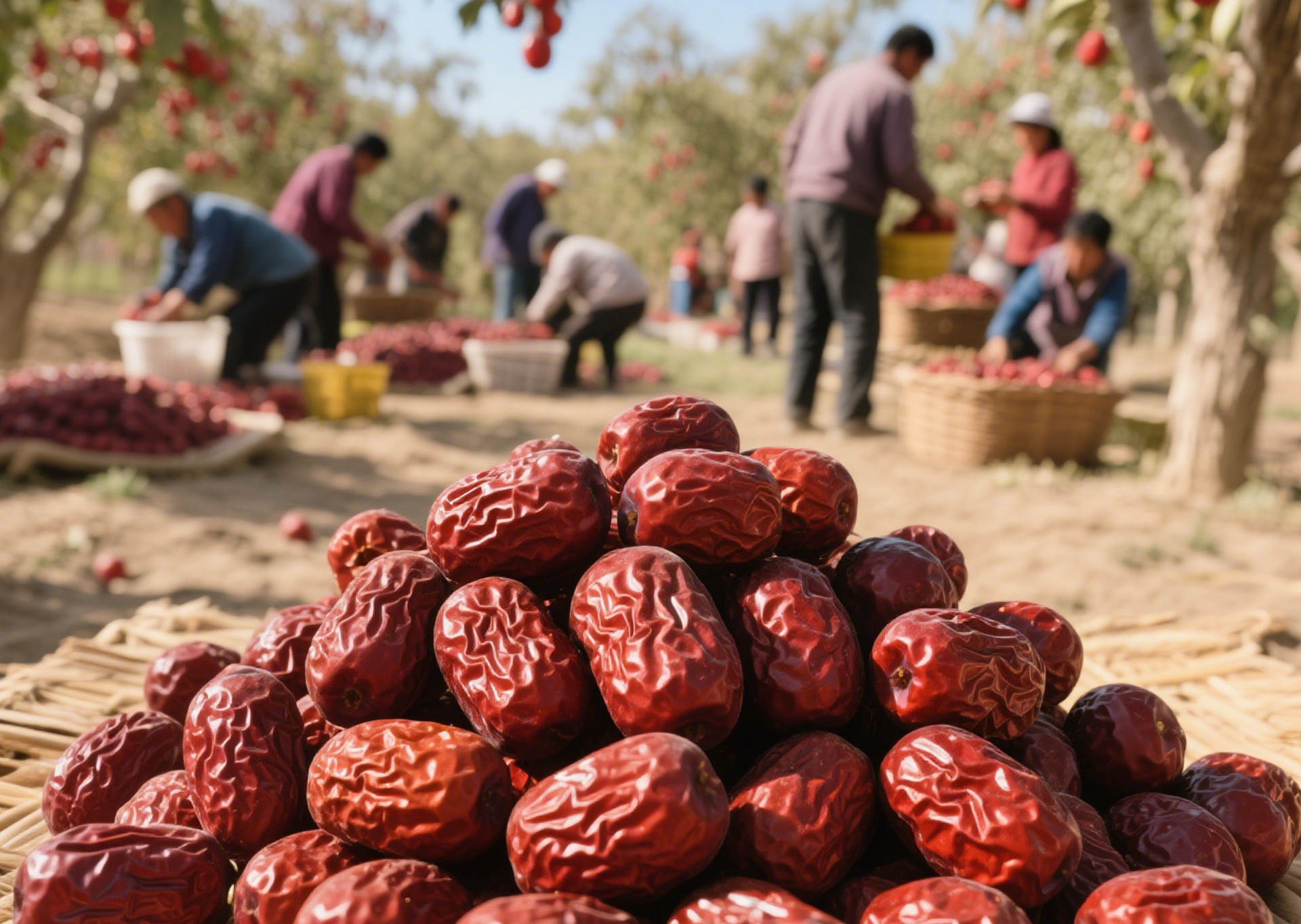
Red dates
Brief description of functions: Tonifies the middle and benefits qi, nourishes blood and calms the mind
Cultural connotation: "Eating three jujubes a day keeps you young forever." It is a folk tonic for women
Cultural connotation: "Eating three jujubes a day keeps you young forever." It is a folk tonic for women
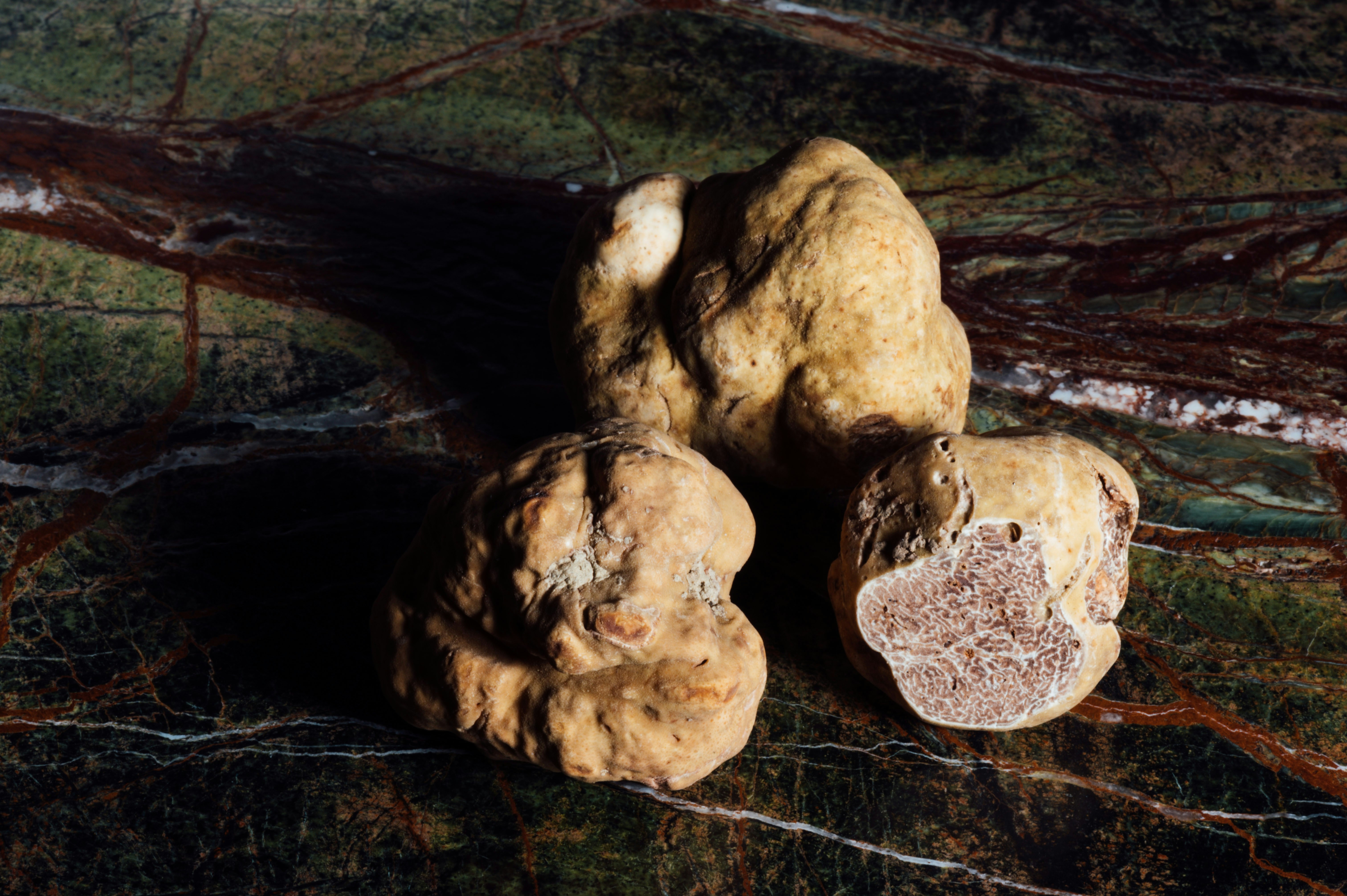
Old Jiang
Brief description of functions: Warming the middle to dispel cold, strengthening the spleen and harmonizing the stomach
Cultural connotation: Food and medicine share the same origin. It was an essential item for nourishing the stomach and relieving the exterior symptoms in ancient imperial courts
Cultural connotation: Food and medicine share the same origin. It was an essential item for nourishing the stomach and relieving the exterior symptoms in ancient imperial courts
Brief description of functions: Nourishing Yin, clearing heat, promoting the production of body fluids and nourishing the stomach
Cultural connotation: A commonly used medicinal herb in Taoist alchemy, it is said to be one of the "Nine Immortal Herbs"
Cultural connotation: A commonly used medicinal herb in Taoist alchemy, it is said to be one of the "Nine Immortal Herbs"
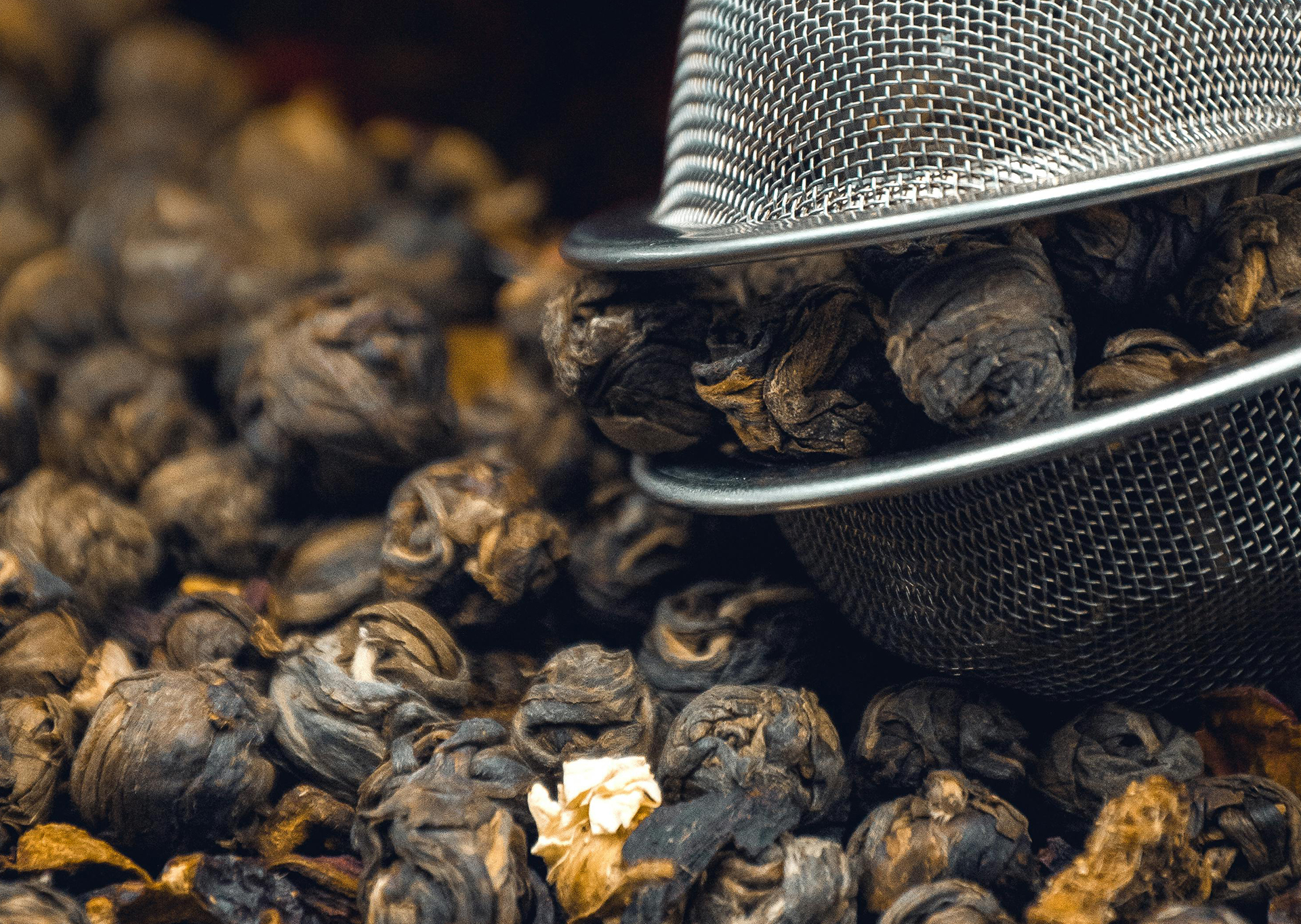
Dendrobium officinale
Brief description of functions: Calming the liver, subduing wind, stopping spasms and soothing the mind
Cultural connotation: Anciently known as "divine grass", it is said to reach the sky and suppress wind and fire
Cultural connotation: Anciently known as "divine grass", it is said to reach the sky and suppress wind and fire
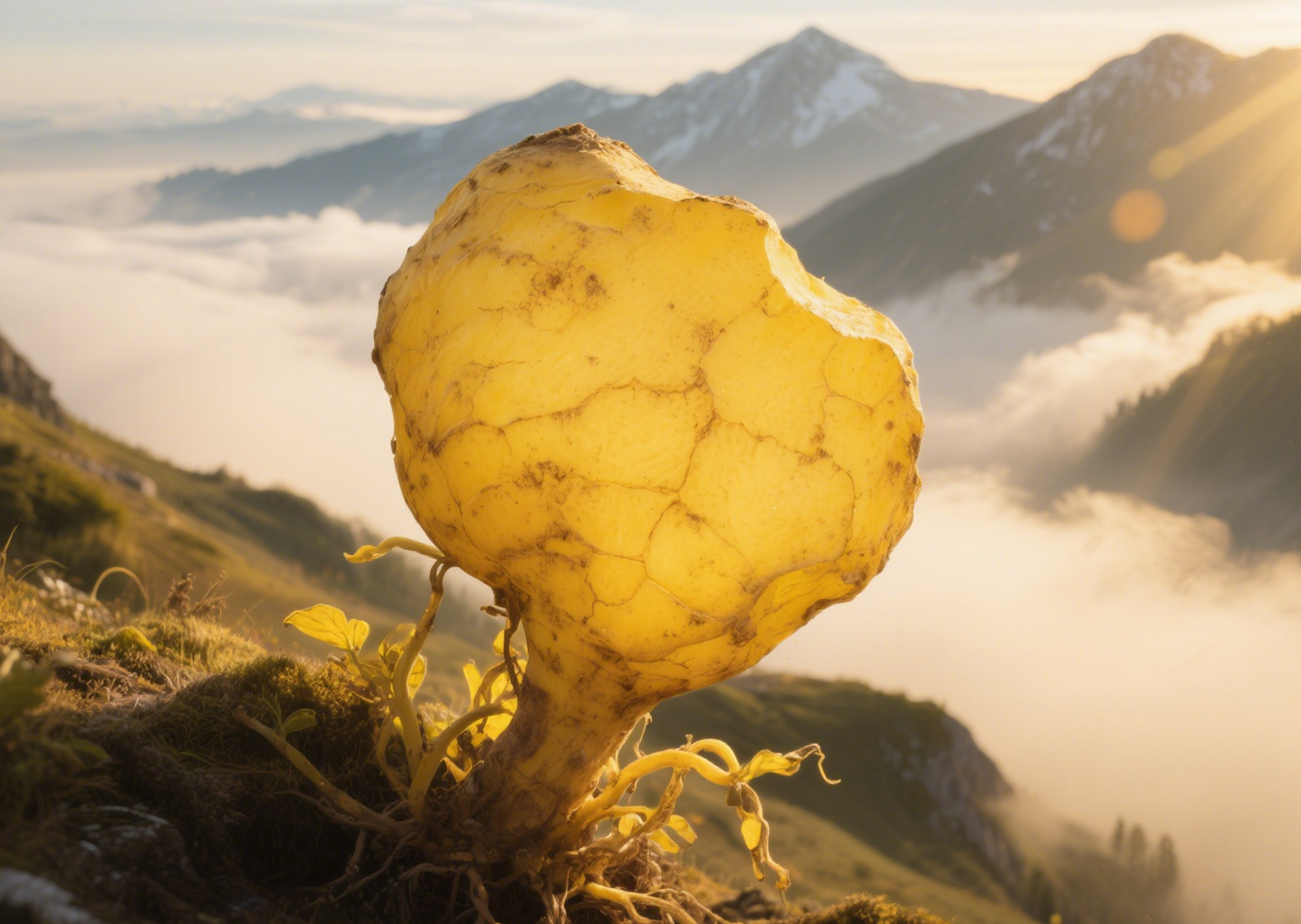
Gastrodia elata
Brief description of functions: Tonifies the spleen and stops diarrhea, nourishes the heart and calms the mind
Cultural connotation: In Buddhist culture, it symbolizes "purity and untainted" and is used both as medicine and food, with a long history
Cultural connotation: In Buddhist culture, it symbolizes "purity and untainted" and is used both as medicine and food, with a long history
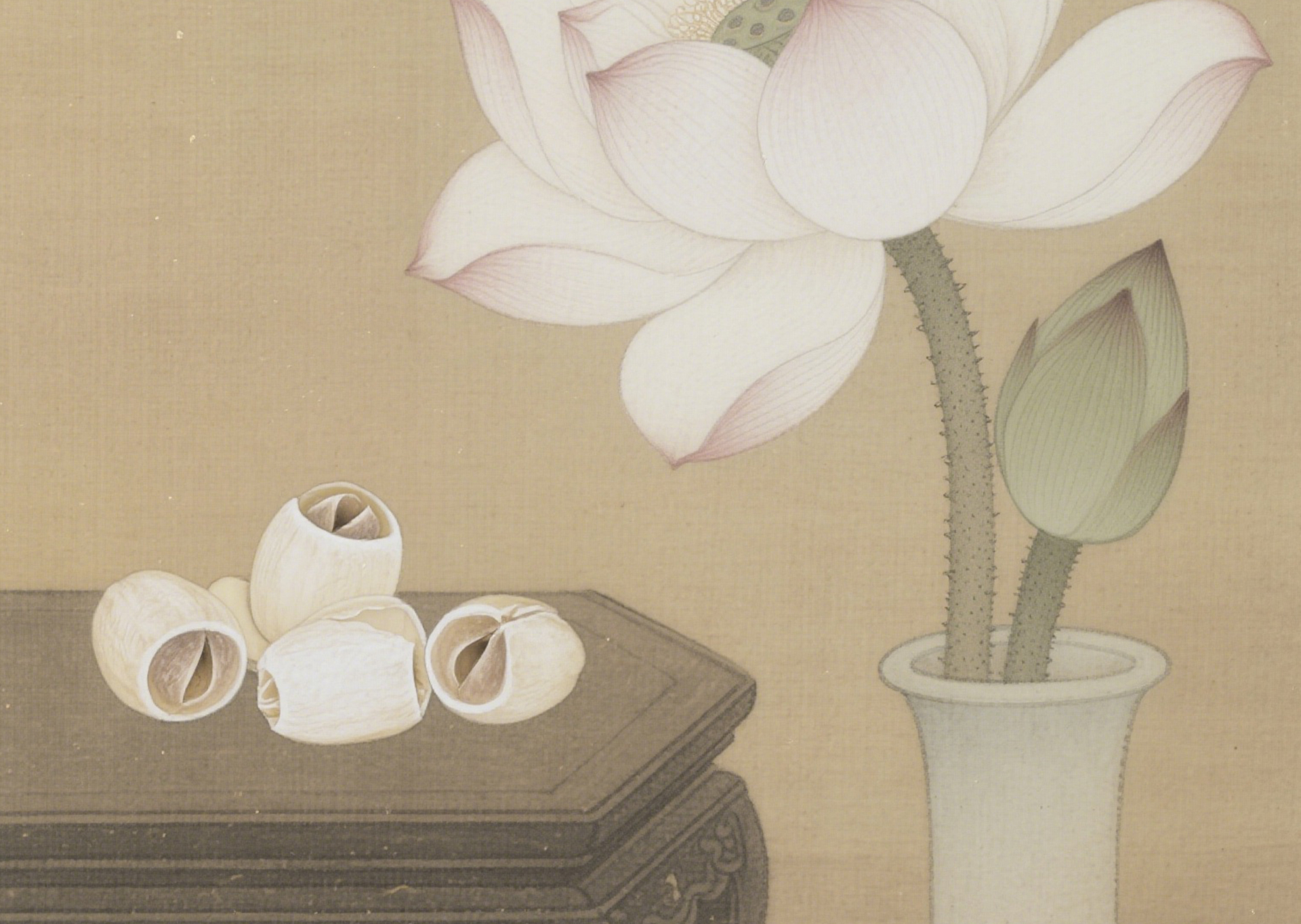
Lotus seed meat
Brief description of functions: Tonifies blood, promotes blood circulation, regulates menstruation and relieves pain
Cultural connotation: "The holy Medicine for gynecology", also known as "Returning Mother", was a medicinal herb used in the imperial courts throughout history
Cultural connotation: "The holy Medicine for gynecology", also known as "Returning Mother", was a medicinal herb used in the imperial courts throughout history
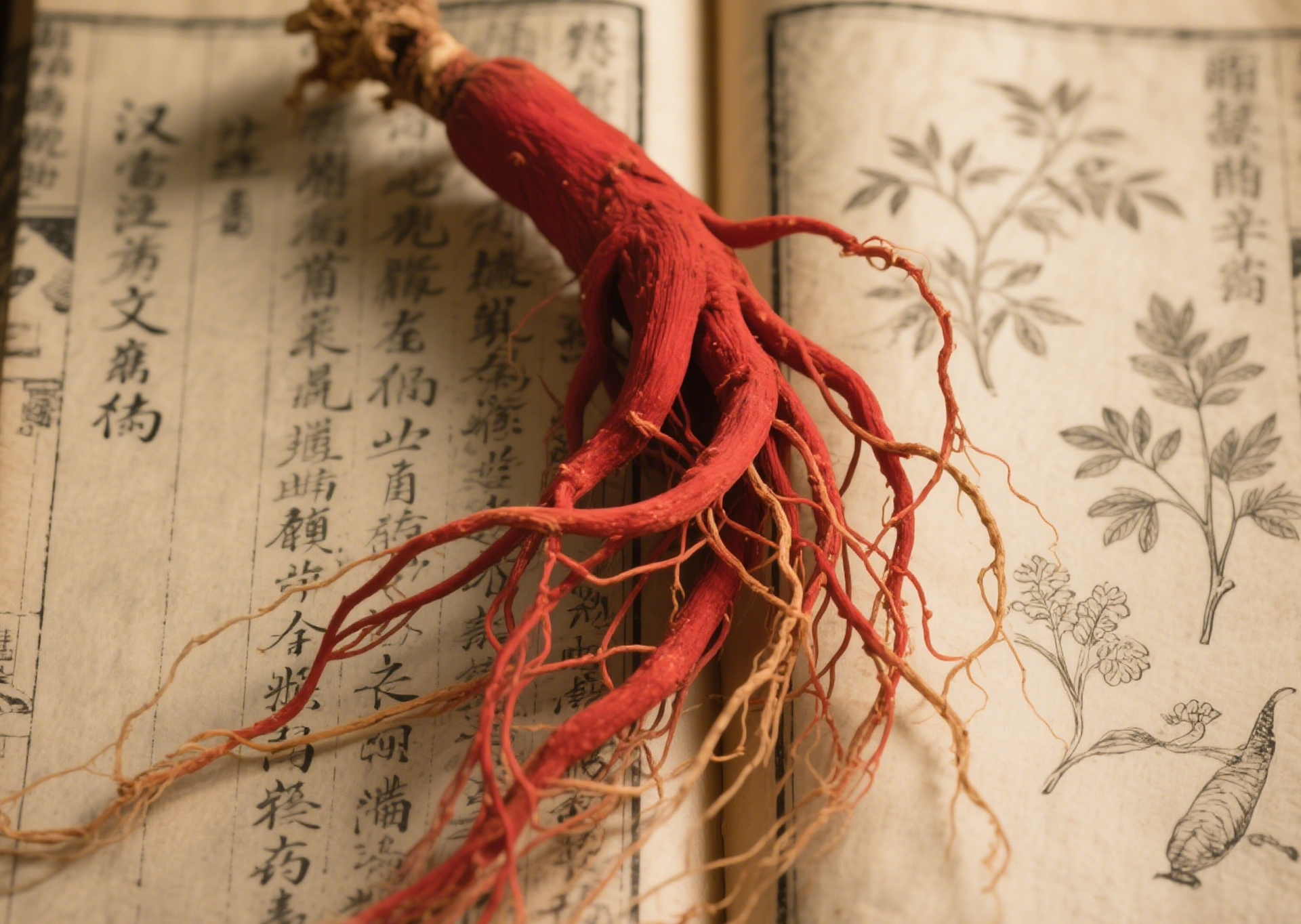
Angelica sinensis
Brief description of functions: Greatly replenishes vital energy, strengthens the heart and benefits the spirit
Cultural connotation: Known as the "King of All Herbs", it was exclusively used by ancient emperors
Cultural connotation: Known as the "King of All Herbs", it was exclusively used by ancient emperors
Ginseng
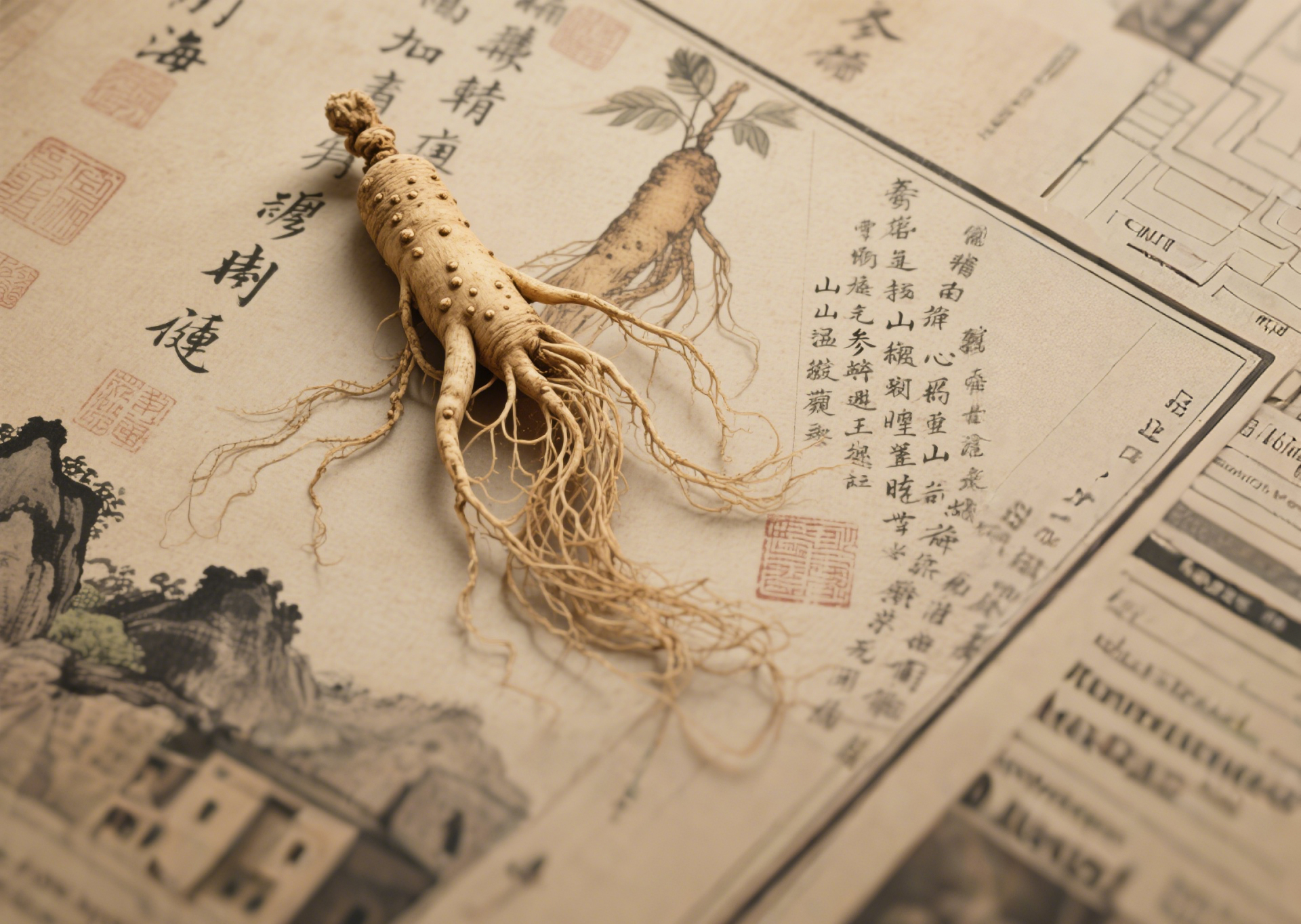
Brief description of functions: Strengthening the spleen and calming the heart, promoting diuresis and eliminating dampness
Cultural connotation: The "superior medicine" that Shennong valued when tasting hundreds of herbs symbolizes uprightness and peace
Cultural connotation: The "superior medicine" that Shennong valued when tasting hundreds of herbs symbolizes uprightness and peace
Poria cocos
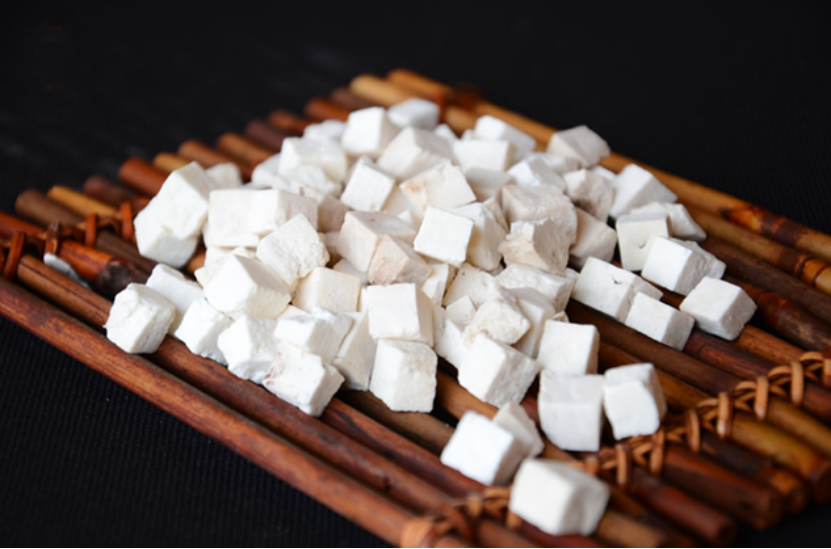
Brief description of functions: Strengthening the spleen and stomach, tonifying the lungs and benefiting the kidneys
Cultural connotation: It is a representative medicinal material known as "food with medicine and medicine with food"
Cultural connotation: It is a representative medicinal material known as "food with medicine and medicine with food"
Yam
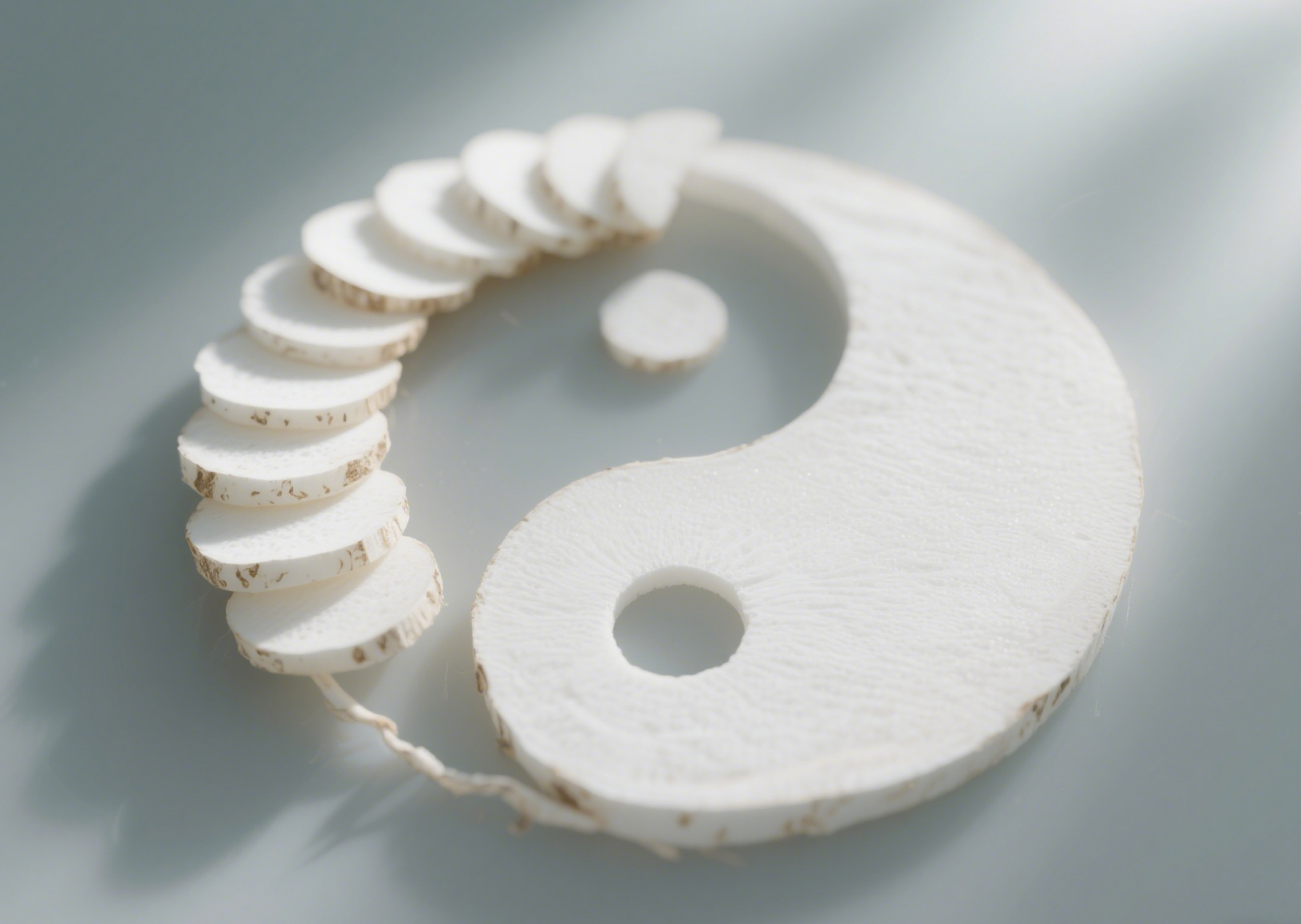
Brief description of functions: Tonifies the lungs and kidneys, and enriches essence and qi
Cultural connotation: Also known as "Cordyceps flower", the popular version of Cordyceps sinensis is often used for tonifying deficiency and treating diseases
Cultural connotation: Also known as "Cordyceps flower", the popular version of Cordyceps sinensis is often used for tonifying deficiency and treating diseases
Cordyceps militaris
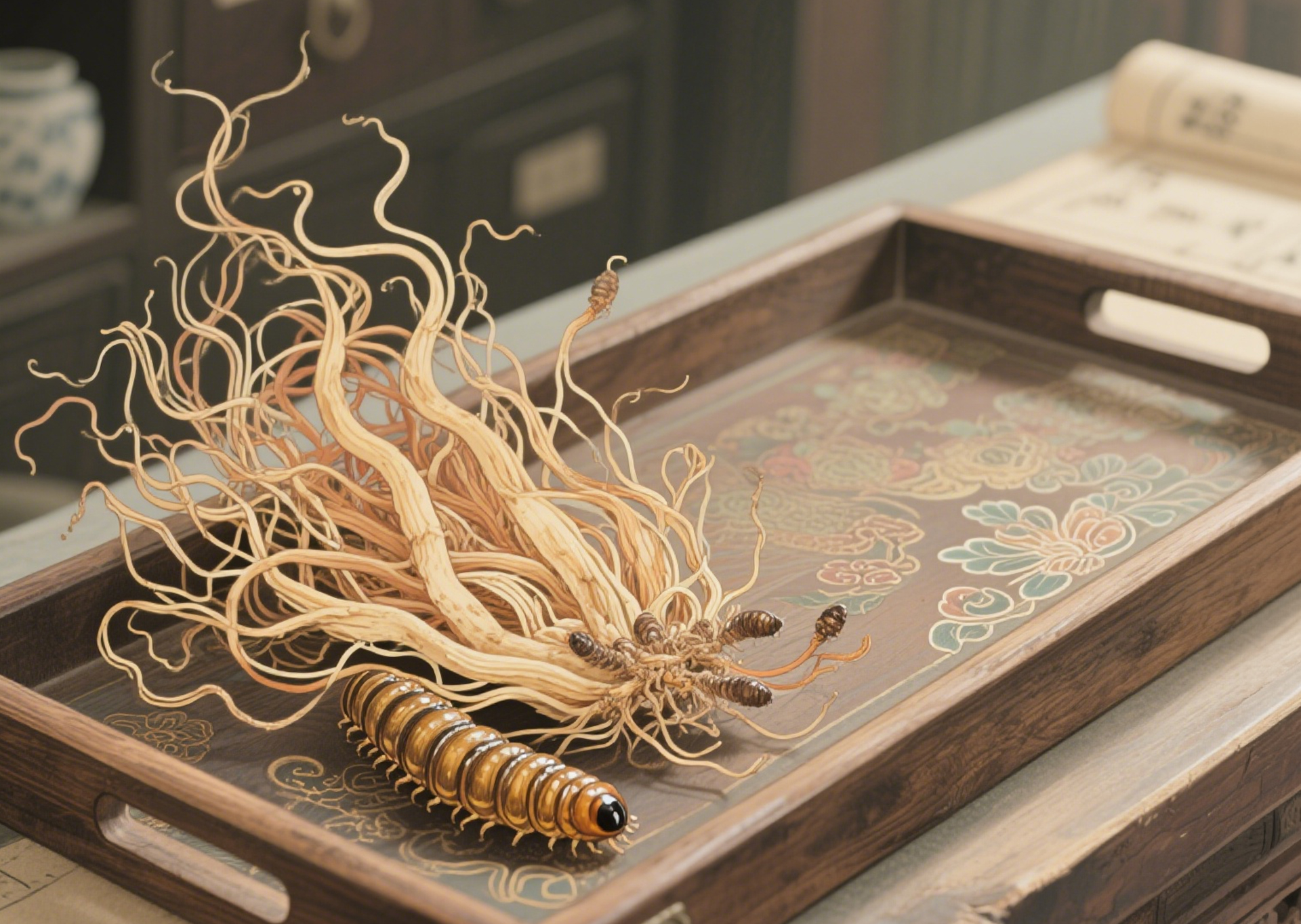
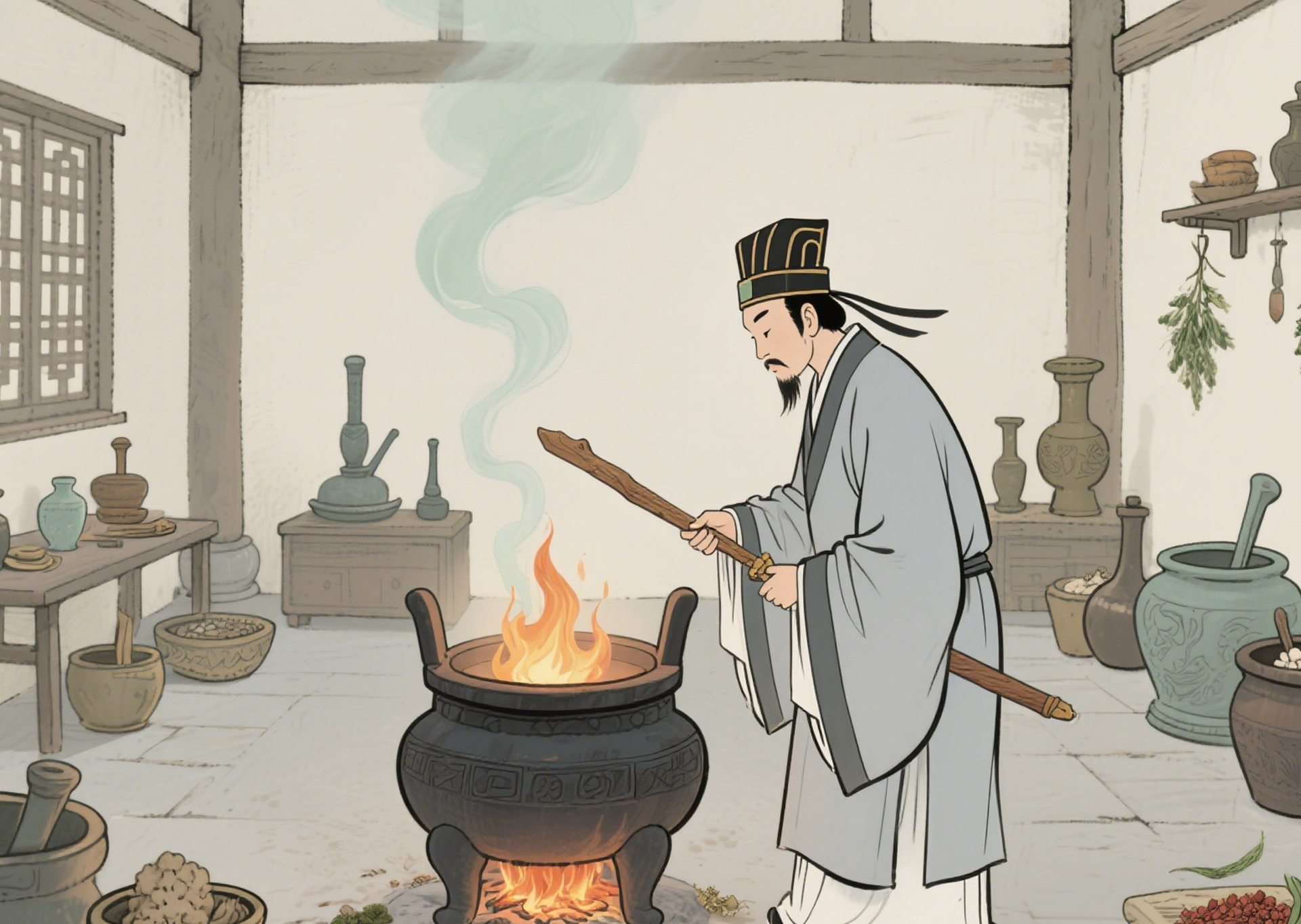
Polygonatum odoratum
Brief description of functions: Tonifies the spleen and moistens the lungs, benefits the kidneys and strengthens the body
Cultural connotation: Commonly used by Taoists in physical training, "Long-term use makes the body light and prevents aging."
Cultural connotation: Commonly used by Taoists in physical training, "Long-term use makes the body light and prevents aging."
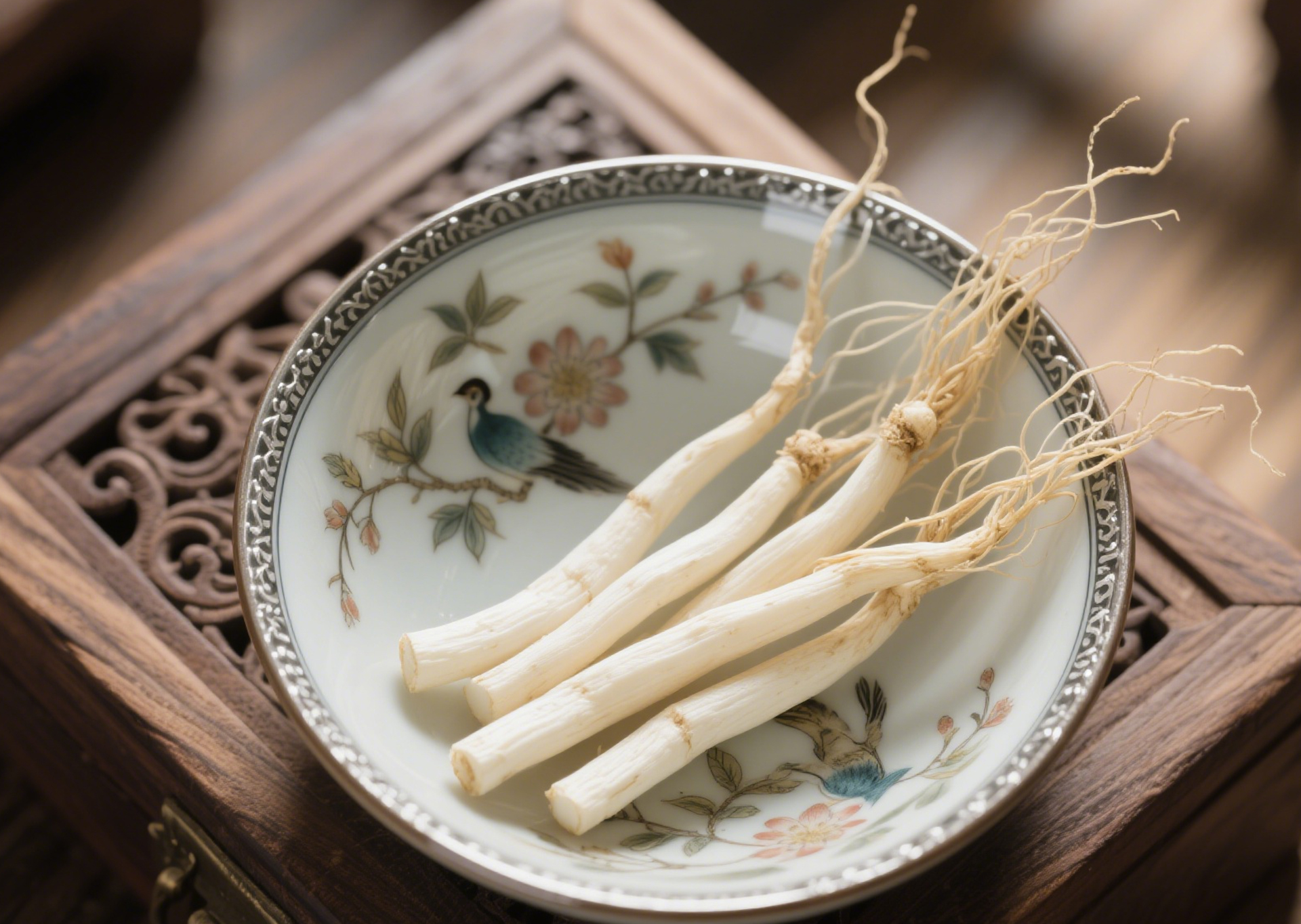
Ophiopogon
Brief description of functions: Moistens the lungs and nourishes Yin, clears the heart and relieves irritability
Cultural connotation: It is often used to treat dryness of the lungs and coughs, and is a regular choice for scholars and refined people
Cultural connotation: It is often used to treat dryness of the lungs and coughs, and is a regular choice for scholars and refined people
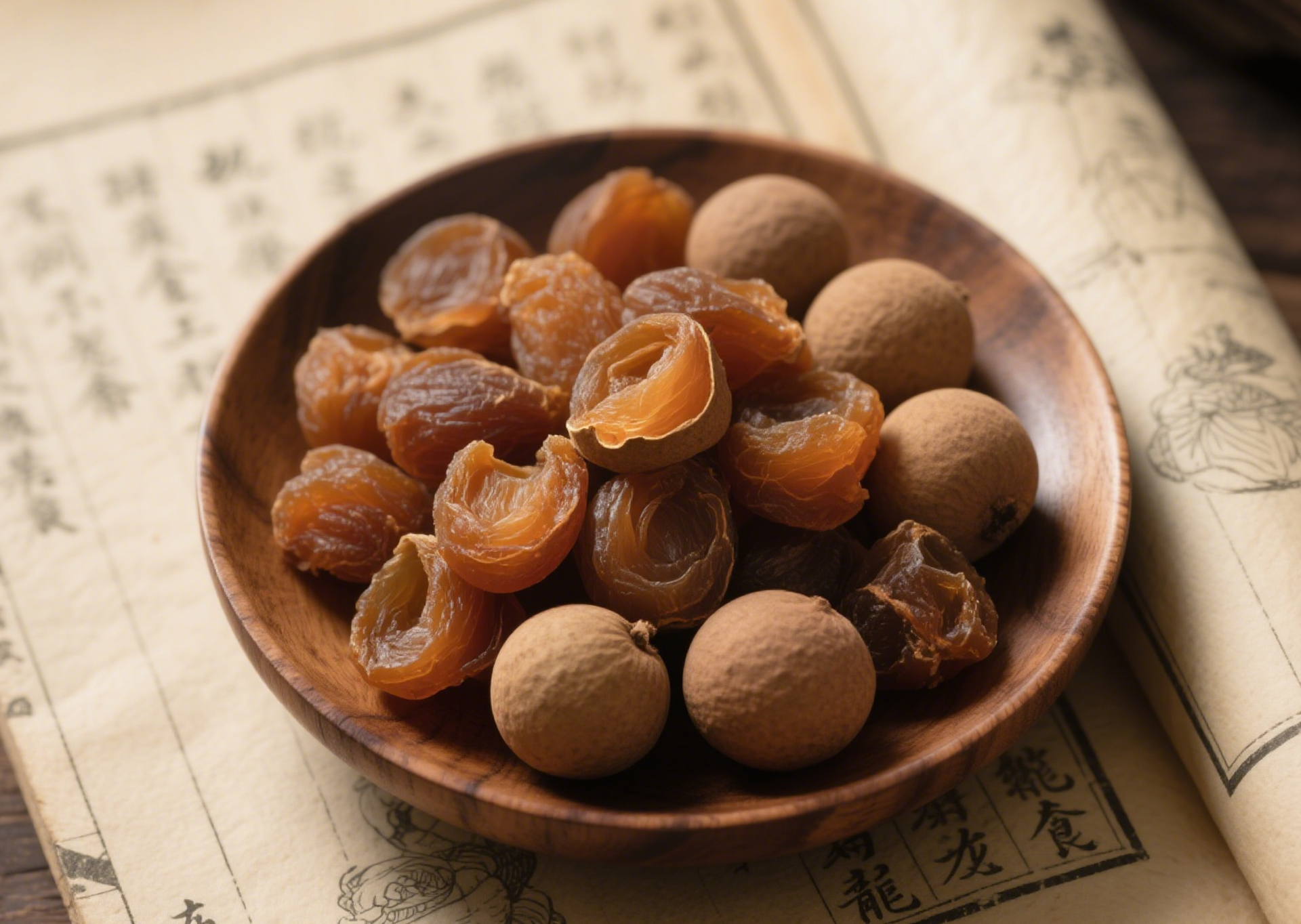
Longan flesh
Brief description of functions: Tonifies the heart and spleen, nourishes the blood and calms the mind. Cultural connotation: Ancient scholars liked to drink "longan wine", which helps with sleep and nourishes the mind
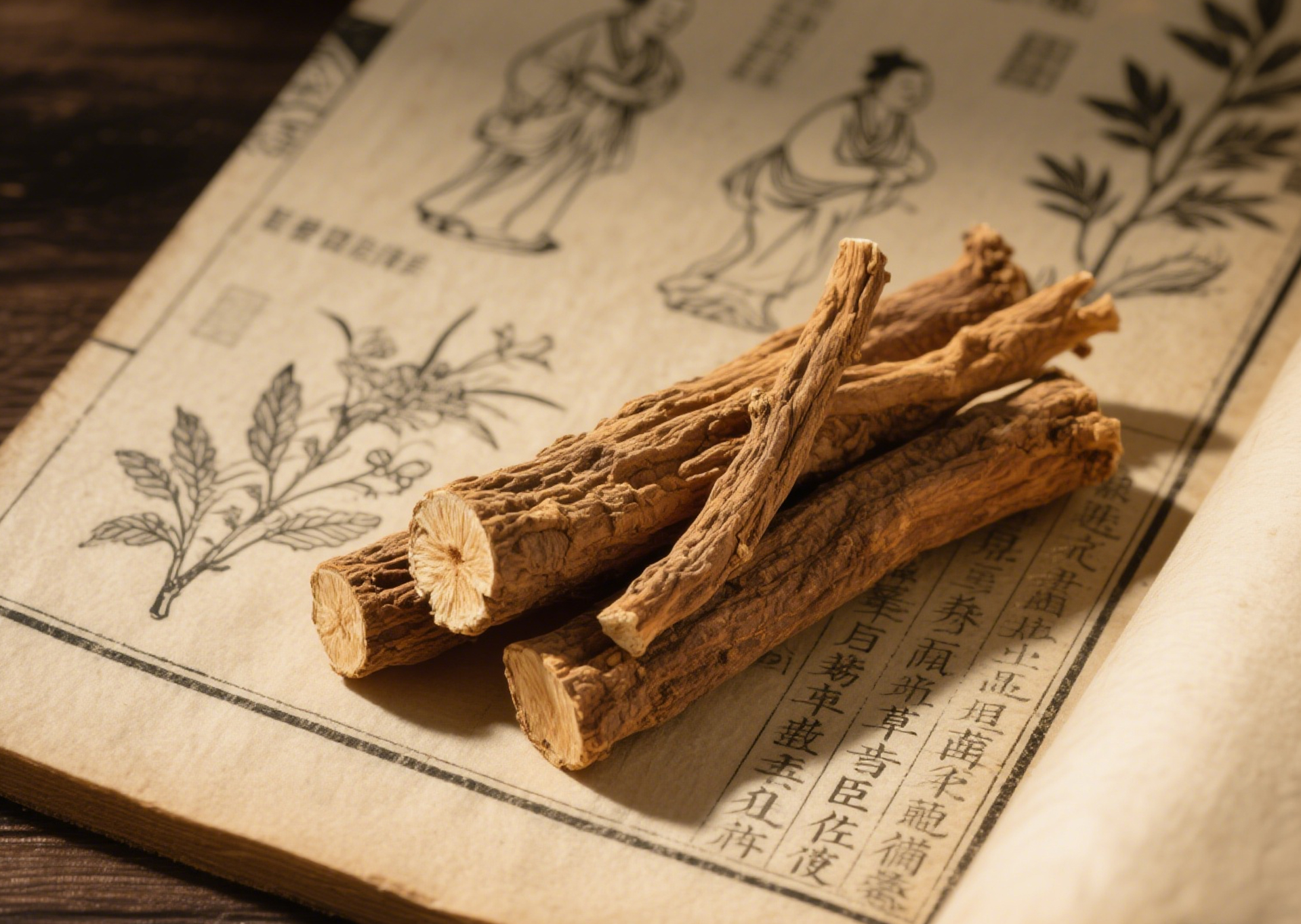
Licorice
Brief description of functions: Harmonizes various herbs, moistens the lungs and relieves cough
Cultural connotation: Known as the "National Elder", it harmonizes a hundred medicines and eliminates toxicity
Cultural connotation: Known as the "National Elder", it harmonizes a hundred medicines and eliminates toxicity

